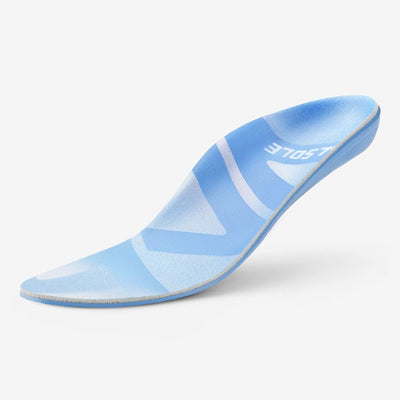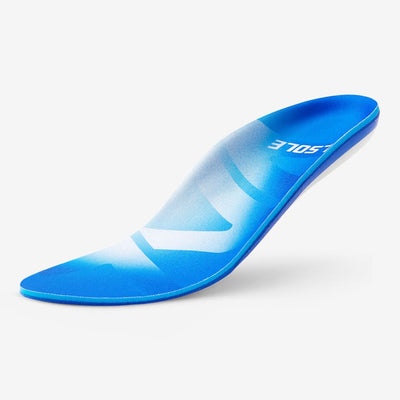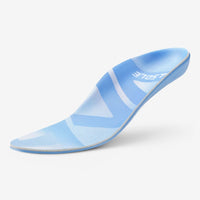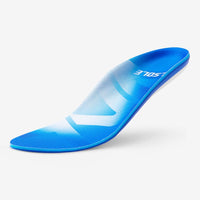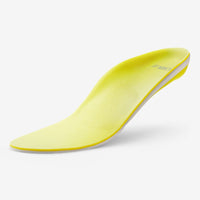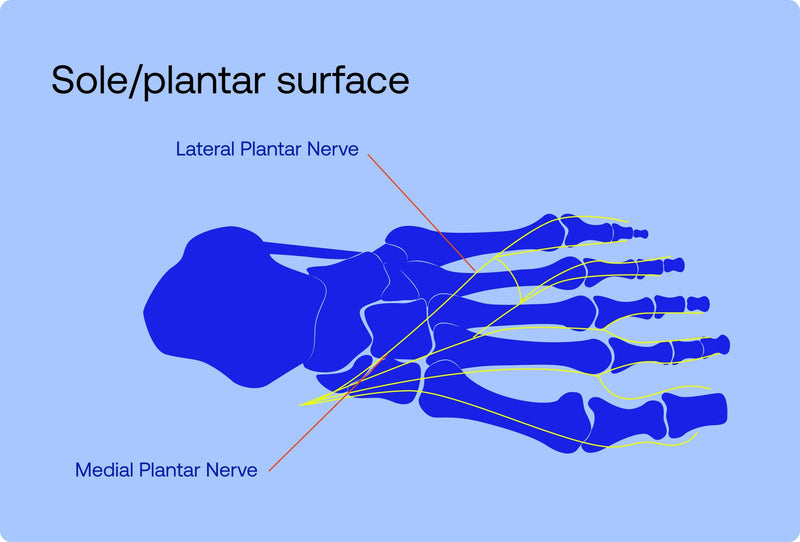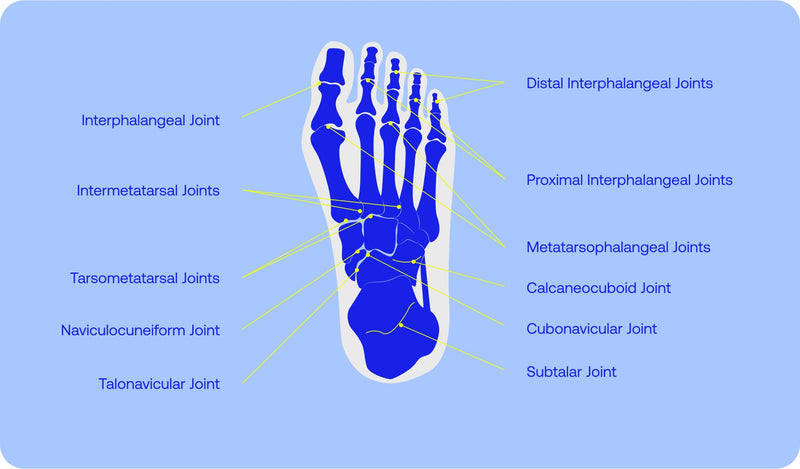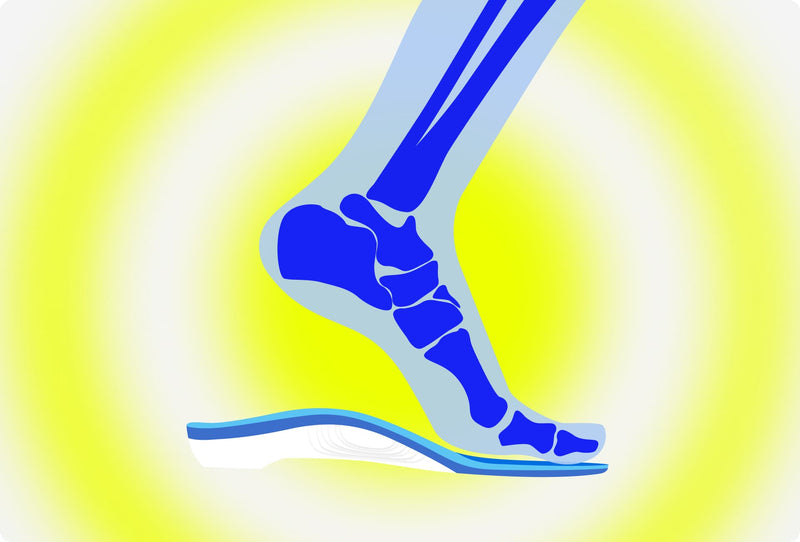Before and After Effects of Insoles Backed by Studies
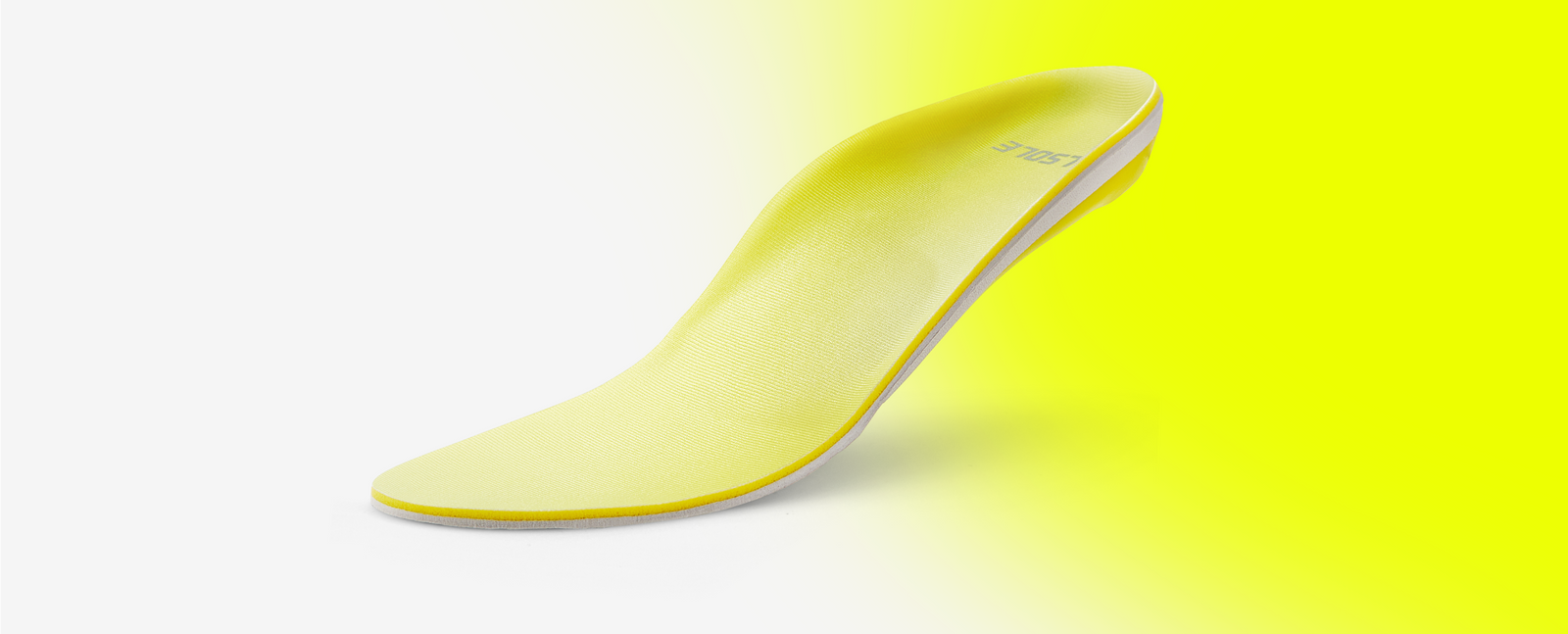
Explore how insoles can dramatically improve foot biomechanics, backed by compelling scientific research. This article compares user experiences before and after incorporating insoles, detailing measurable changes in comfort, stability, and movement efficiency. Clinical studies highlight reduced pain and better alignment with proper insole use. With a blend of hard data and practical advice, this piece serves as a guide on how the right insoles can transform your daily mobility.
The Pre-Insole Condition: Identifying the Problem
Chronic foot pain significantly impacts millions globally, often stemming from demanding daily routines, prolonged standing, and repetitive high-impact activities such as running. Insoles have become widely recognized as effective solutions, and recent scientific studies provide compelling before-and-after data showcasing their benefits.
People experiencing chronic foot pain frequently report severe discomfort, impaired mobility, reduced productivity, and compromised quality of life. Healthcare workers and athletes are notably affected due to their occupational demands, which require prolonged periods of standing or repetitive foot strikes.
Before employing insoles, many individuals grapple with debilitating foot conditions like plantar fasciitis, chronic heel pain, metatarsalgia, and general foot fatigue. These conditions typically arise due to poor foot mechanics, inadequate footwear support, and repetitive stress injuries. Studies have also found that repetitive shock acceleration during running significantly elevates injury risks, underscoring the necessity for interventions like insoles to alleviate these stresses (Lucas-Cuevas, 2017).
Clinical Findings on Foot Health, Before and After Insoles
Impact Reduction and Biomechanical Improvements
The same research conducted by Lucas-Cuevas et al. (2017) assessed the biomechanical impacts of prefabricated insoles during running sessions. Before introducing insoles, participants faced high rates of shock acceleration, potentially leading to long-term musculoskeletal injuries. After utilizing prefabricated insoles, participants experienced modified shock acceleration rates, lessening the amount of impact through these rapid movements. While overall peak accelerations showed modest change, the significant impact was seen in the reduced rate at which these forces were transmitted, indicating improved shock absorption.
Notable Improvements in Foot Pain and Functional Mobility
Another pivotal pilot study among healthcare workers by Siwawut (2015) revealed remarkable improvements in foot health status after one month of consistent insole use. Utilizing the Foot Health Status Questionnaire, participants provided detailed before-and-after assessments, reporting:
-
Foot Pain Scores: Significant improvement in 75.5% of participants.
-
Foot Function: Nearly half (44.9%) reported substantial functional enhancements.
-
General Foot Health: Remarkably, 95.9% indicated an improvement in overall foot health.
Real-Life Before-and-After Testimonials
Siwawut (2015) presents vivid case studies exemplifying the transformation in participants' lives:
-
One nurse, previously debilitated by severe heel pain and fatigue, reported substantial improvement, noting, "My morning heel pain dramatically reduced, and I regained the ability to complete shifts without discomfort."
-
Another healthcare professional explained how chronic foot pain no longer dominated their daily routine, significantly boosting both comfort and productivity at work.
Such testimonials underscore the tangible improvements that insoles can provide.
Plantar Fasciitis Recovery: Additional Evidence
Another focused investigation into plantar fasciitis recovery among healthcare providers (Insole Effectiveness Study, 2015) echoed these positive outcomes. Participants detailed significant pain reduction and improved mobility before and after insole usage. Key benefits included decreased morning heel pain, as well as the increased capability to manage extended working hours comfortably.
Mechanisms Behind Insole Effectiveness
The efficacy of insoles primarily comes from their biomechanical support and pressure redistribution capabilities. Insoles typically address several biomechanical factors, which substantially contributes to foot health and mobility :
-
Reduce Pressure: Distribute plantar pressure more evenly, alleviating stress on sensitive or inflamed areas.
-
Enhance Shock Absorption: Cushion foot impacts effectively, minimizing stress on joints and connective tissues.
-
Improve Foot Alignment: Provide structural support, reducing abnormal foot mechanics that can lead to injuries.
Practical Recommendations and Tips for Users
To maximize the therapeutic benefits of insoles, it's recommended that you treat them much like a training plan
-
Consistency: Regular use is essential. Daily wear promotes adaptation and sustained benefits.
-
Gradual Introduction: Begin by wearing insoles for shorter durations initially, gradually increasing use over time.
-
Footwear Compatibility: Ensure adequate footwear space to accommodate insoles without causing constriction or discomfort.
-
Regular Monitoring: Keep track of comfort levels and pain symptoms to evaluate effectiveness and make necessary adjustments.
Broader Implications for Occupational Health
Healthcare providers, retail workers, and athletes face higher risks of developing chronic foot conditions due to prolonged periods of standing or repetitive impact (Siwawut, 2015). Addressing foot pain through the use of insoles can significantly enhance occupational health outcomes by reducing work-related absenteeism, improving overall productivity, and enhancing job satisfaction.
Future Research Directions
Ongoing and future studies aim to refine our understanding of the nuanced benefits provided by various insole types. Advances in technology and materials promise enhanced personalization and increased efficacy in addressing individual foot biomechanics and pain relief. The integration of smart technology into insoles, capable of monitoring foot health and gait patterns in real-time, represents a promising development for future research and patient care (Wang., 2025).
In the meantime, prefabricated insoles such as VALSOLE offer accessible and reliable options, highlighting that carefully selected insoles backed by evidence-based research can profoundly enhance foot health and overall quality of life.
References
Lucas-Cuevas, A. G., Camacho-García, A., Llinares, R., Priego Quesada, J. I., Llana-Belloch, S., & Pérez-Soriano, P. (2017). Influence of custom-made and prefabricated insoles before and after an intense run. PLoS ONE, 12(2), e0173179. https://doi.org/10.1371/journal.pone.0173179
Oliveira, H. A. V., Jones, A., Moreira, E., Jennings, F., & Natour, J. (2015). Effectiveness of total contact insoles in patients with plantar fasciitis. The Journal of Rheumatology, 42(5), 870–878. https://doi.org/10.3899/jrheum.140429
Siwawut, A. (2015). Formulated composite insoles reduce foot pain and fatigue and increase working efficiency in healthcare workers: A pilot non-controlled experimental study. Journal of Advances in Medicine and Medical Research, 5(10), 1294–1300. https://doi.org/10.9734/BJMMR/2015/5876
Wang, Q., Guan, H., Wang, C., Lei, P., Sheng, H., Bi, H., Hu, J., Guo, C., Mao, Y., Yuan, J., Shao, M., Jin, Z., Li, J., & Lan, W. (2025). A wireless, self-powered smart insole for gait monitoring and recognition via nonlinear synergistic pressure sensing. Science Advances, 11(16), eadu1598. https://doi.org/10.1126/sciadv.adu1598

